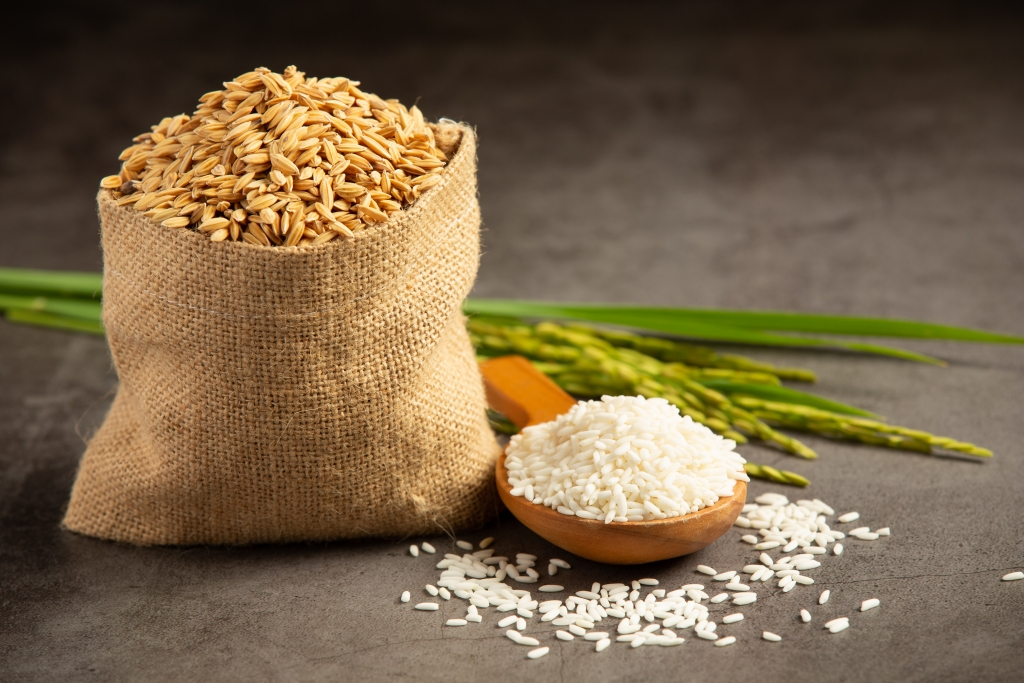Free Courses Sale ends Soon, Get It Now


Free Courses Sale ends Soon, Get It Now



Copyright infringement not intended
Picture Courtesy: www.digitalworldeconomy.com
Context: The success of Basmati rice in India is a testament to the positive outcomes of research and collaboration between public sector breeding and the rice industry.
Key Highlights
Conclusion
Must Read Articles:
Basmati Rice: https://www.iasgyan.in/daily-current-affairs/basmati-rice-5
© 2024 iasgyan. All right reserved